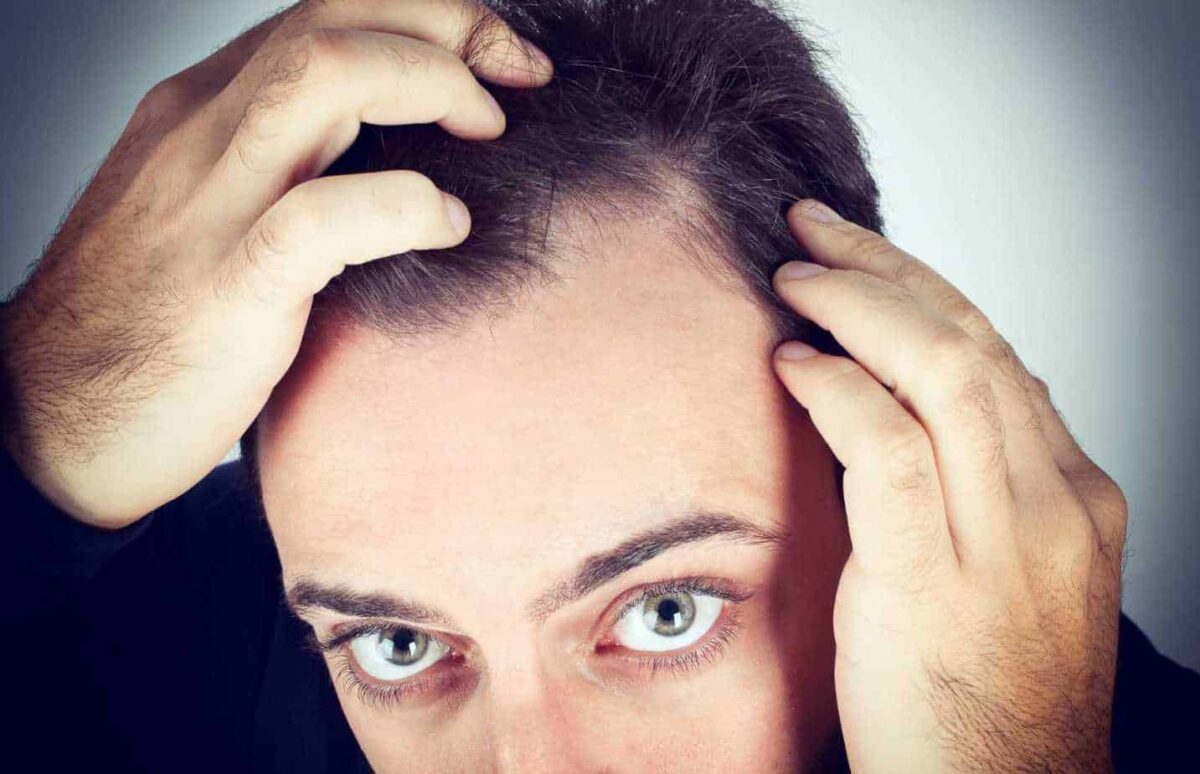To prevent hair loss while taking testosterone, it’s crucial to manage the hormone’s effects on the body, especially for those predisposed to male pattern baldness. This can include using DHT-blocking products, ensuring a balanced diet rich in vitamins and minerals, minimizing stress, and potentially consulting healthcare providers about medication options that can mitigate hair loss. Additionally, adopting a gentle hair care routine can help minimize hair loss risks associated with testosterone therapy.
Understanding Testosterone and Hair Loss
Testosterone therapy can lead to hair loss in individuals with a genetic predisposition to male pattern baldness. This is due to testosterone’s conversion to dihydrotestosterone (DHT), a hormone known to shrink hair follicles and shorten the hair growth cycle. Managing DHT levels and supporting overall scalp health are key strategies in preventing hair loss while on testosterone.
Strategies for Managing Hair Loss
1. DHT-Blocking Products: Consider using shampoos, conditioners, and serums that contain DHT blockers like ketoconazole, saw palmetto, or pumpkin seed oil. These ingredients can help reduce DHT levels on the scalp and minimize its impact on hair follicles.
2. Balanced Diet: Ensure your diet includes adequate protein, vitamins (A, C, D, E), minerals (iron, zinc, selenium), and omega-3 fatty acids, all of which support hair health and growth. Nutritional deficiencies can exacerbate hair loss, so maintaining a well-rounded diet is crucial.
3. Stress Management: High stress levels can worsen hair loss by triggering telogen effluvium, a condition where more hairs enter the resting phase and subsequently fall out. Engage in stress-reducing activities like exercise, meditation, or yoga to help mitigate this risk.
4. Medication Options: For those concerned about hair loss, discussing medication options with a healthcare provider is essential. Medications like finasteride and dutasteride can inhibit the conversion of testosterone to DHT, potentially preventing hair loss. However, these medications come with their own set of considerations and potential side effects.
5. Gentle Hair Care: Adopt a gentle hair care routine to minimize additional stress on hair follicles. This includes avoiding harsh chemicals, reducing the use of heat styling tools, and not wearing tight hairstyles that pull on the hair.
6. Regular Scalp Care: Keeping the scalp clean and moisturized can support healthy hair growth. Use gentle, sulfate-free shampoos and consider incorporating scalp massages to improve blood circulation to the hair follicles.
7. Consult a Specialist: If hair loss becomes a concern, consulting with a dermatologist or a trichologist can provide personalized advice and treatment options. These may include topical treatments like minoxidil or low-level laser therapy (LLLT) for hair growth stimulation.
Conclusion
While taking testosterone can increase the risk of hair loss for those genetically predisposed to male pattern baldness, implementing strategies to manage DHT levels, ensuring a healthy diet, minimizing stress, and adopting a gentle hair care routine can help mitigate this risk. It’s important to communicate openly with healthcare providers about your concerns regarding hair loss, as they can offer guidance on appropriate medications and treatments to preserve hair health while on testosterone therapy.
